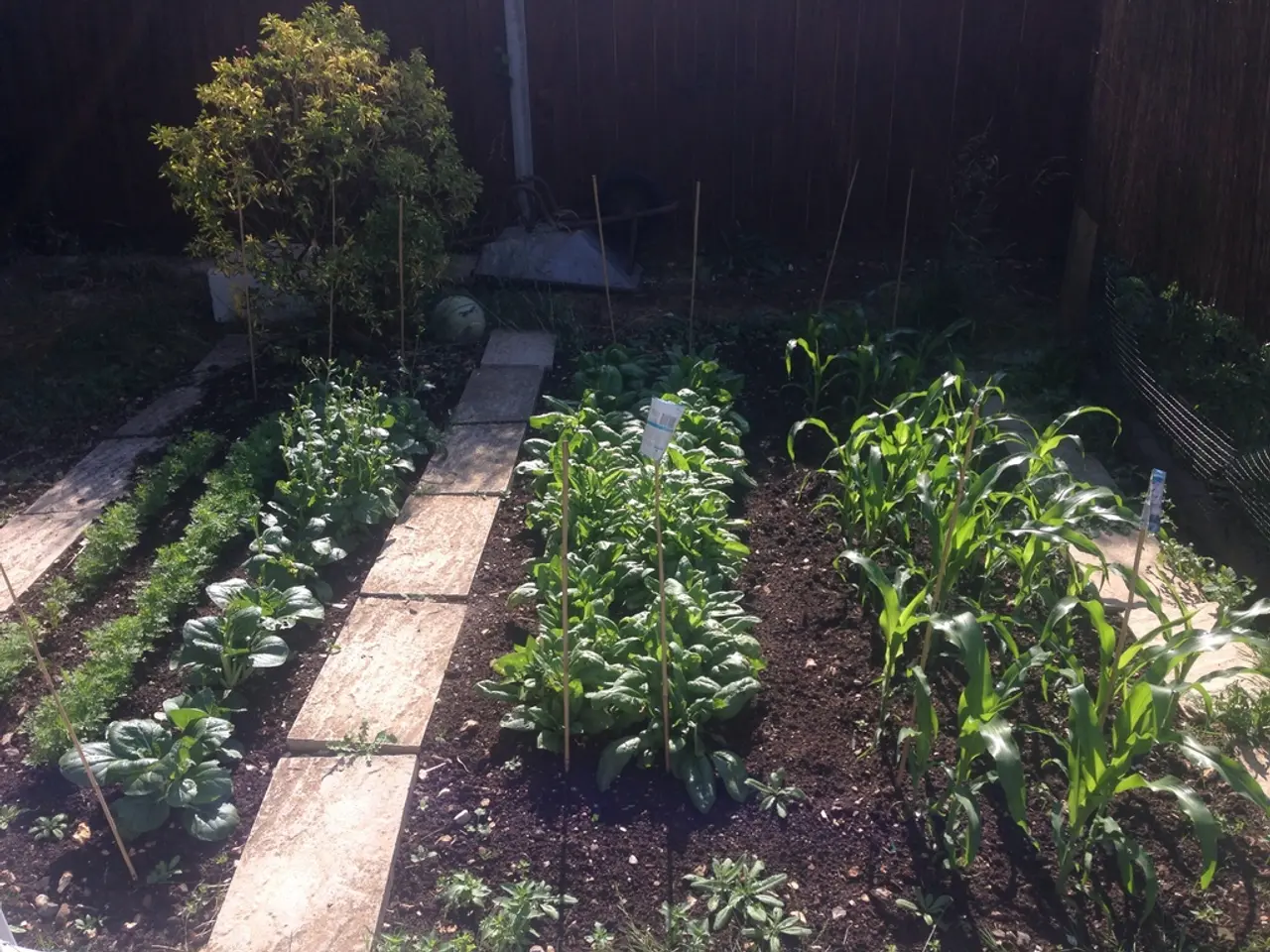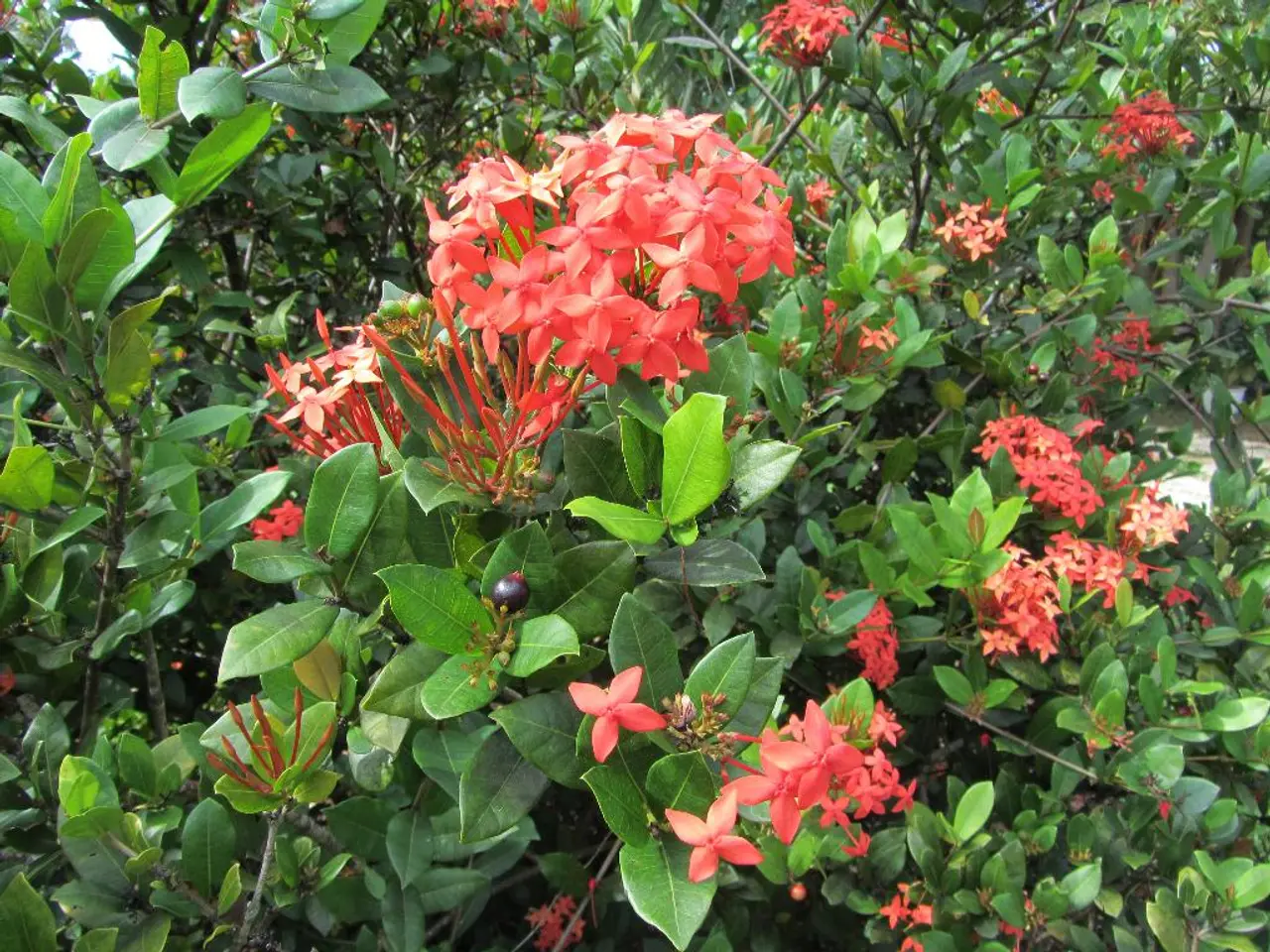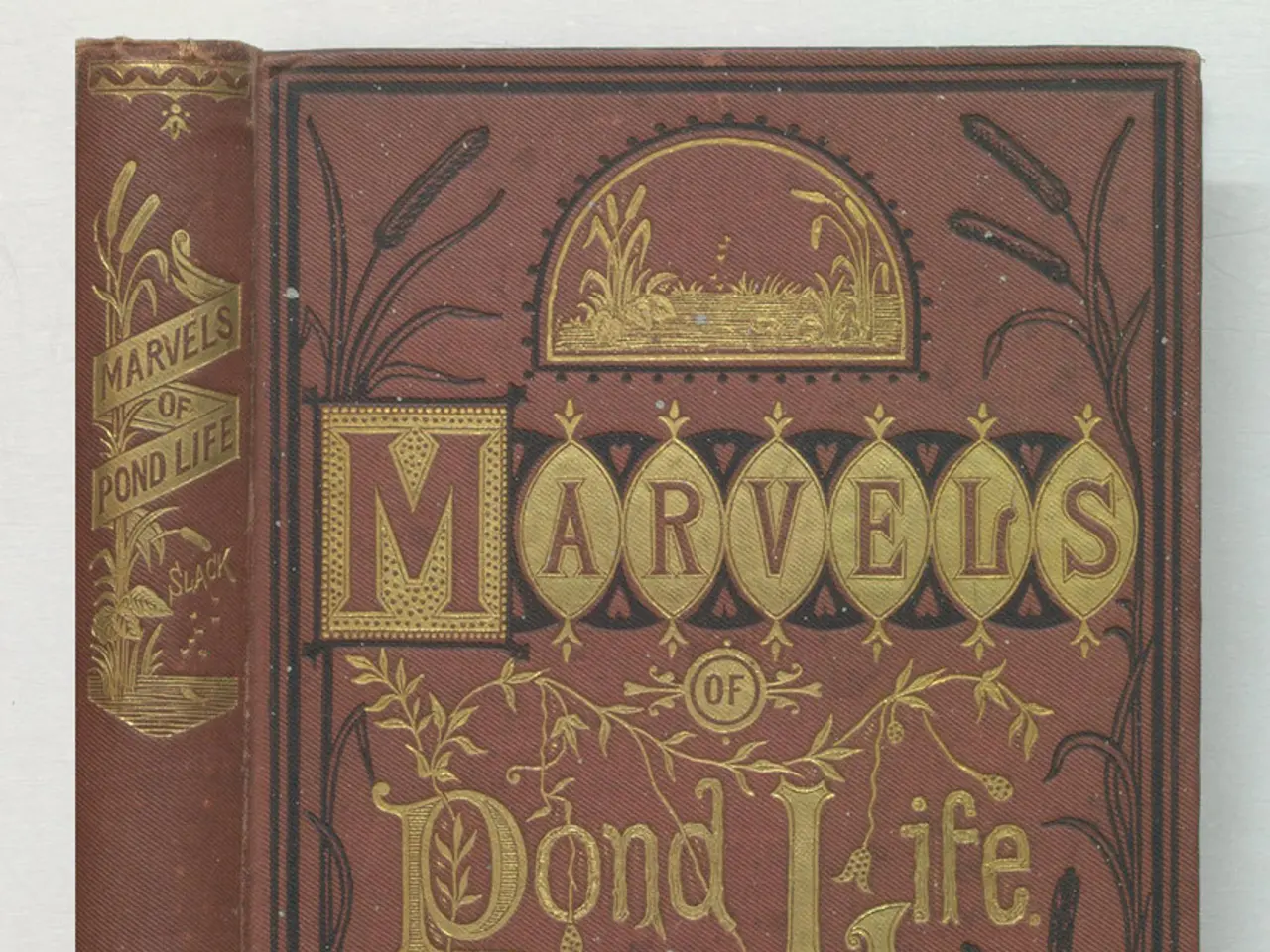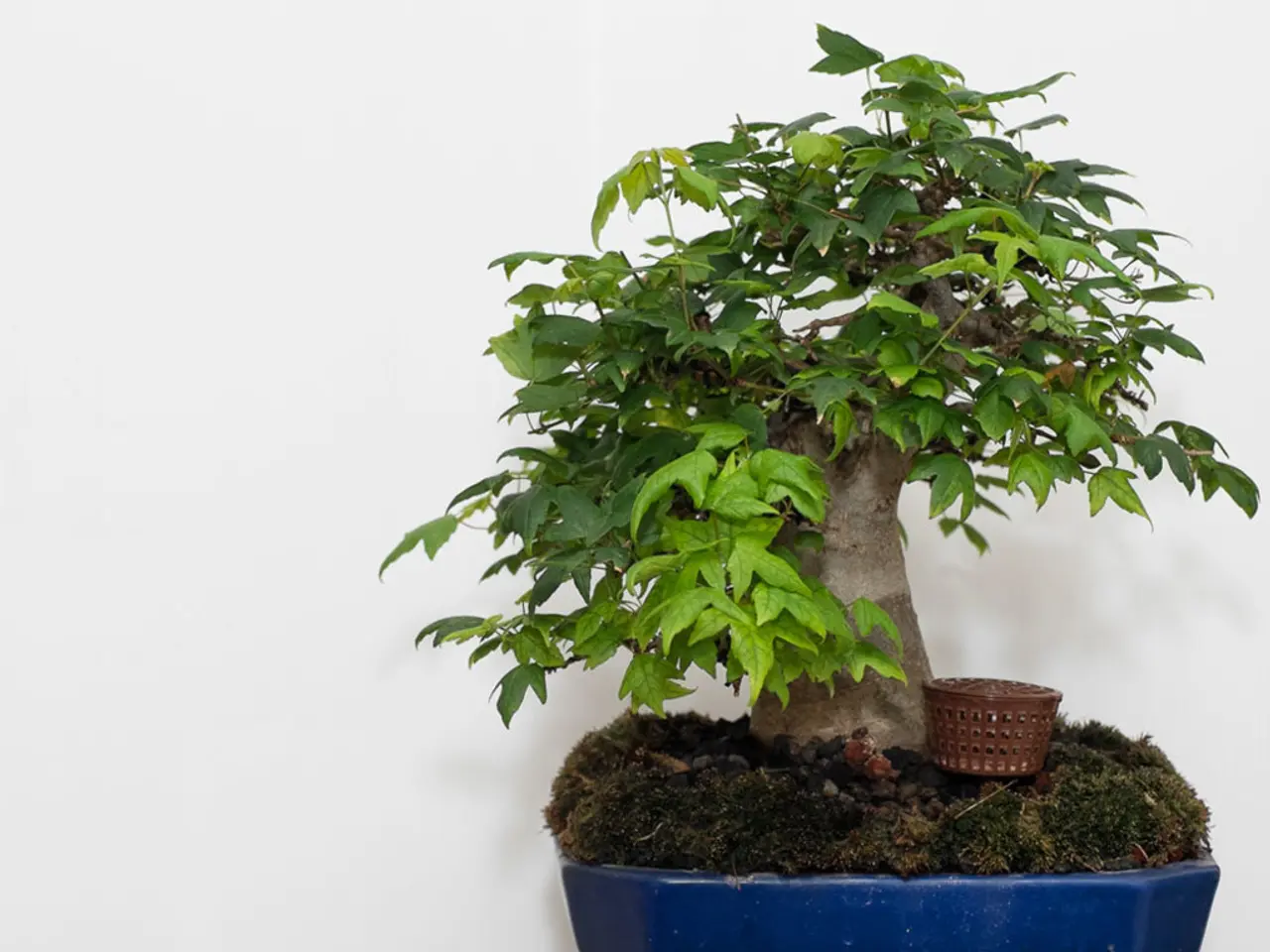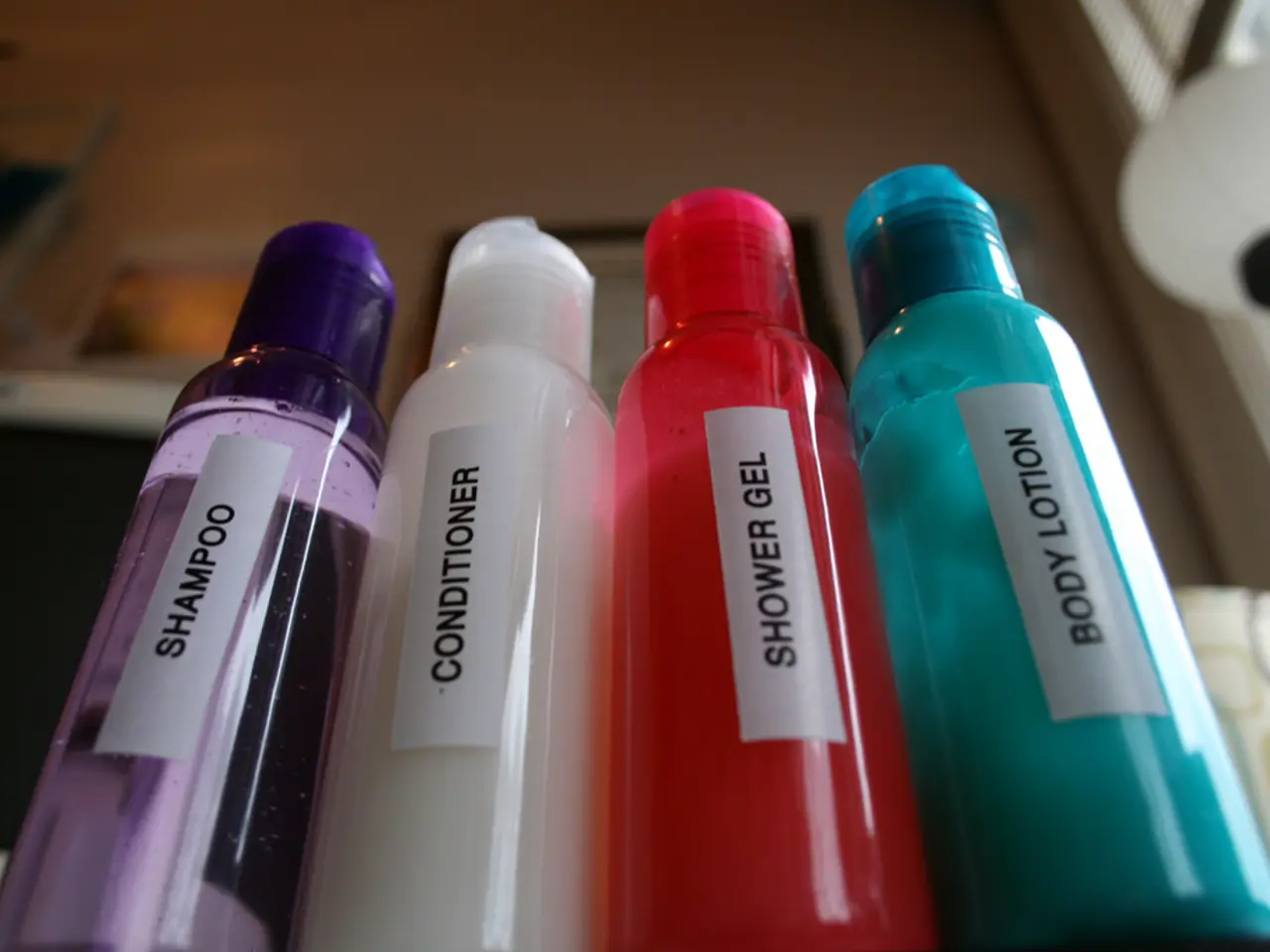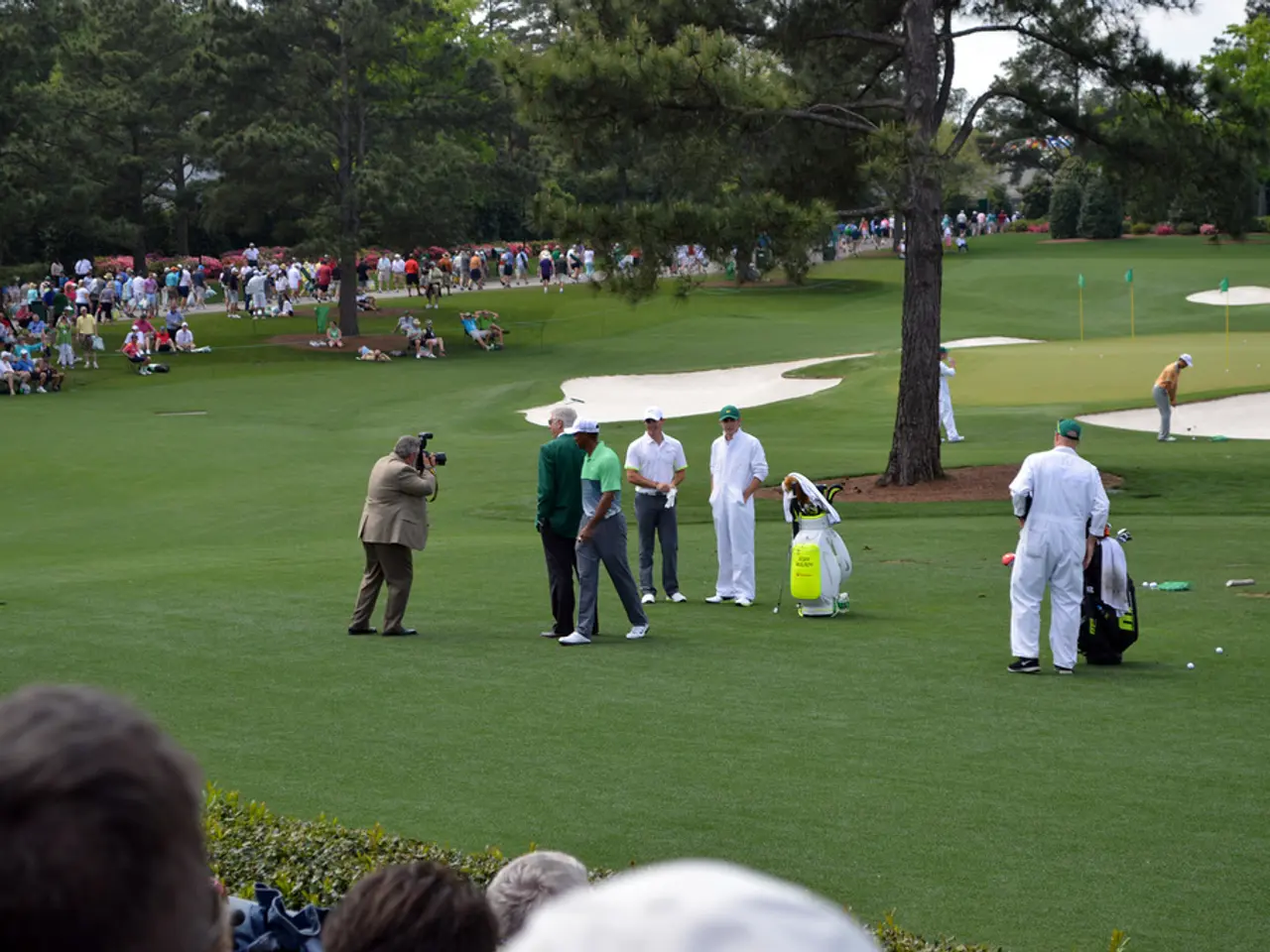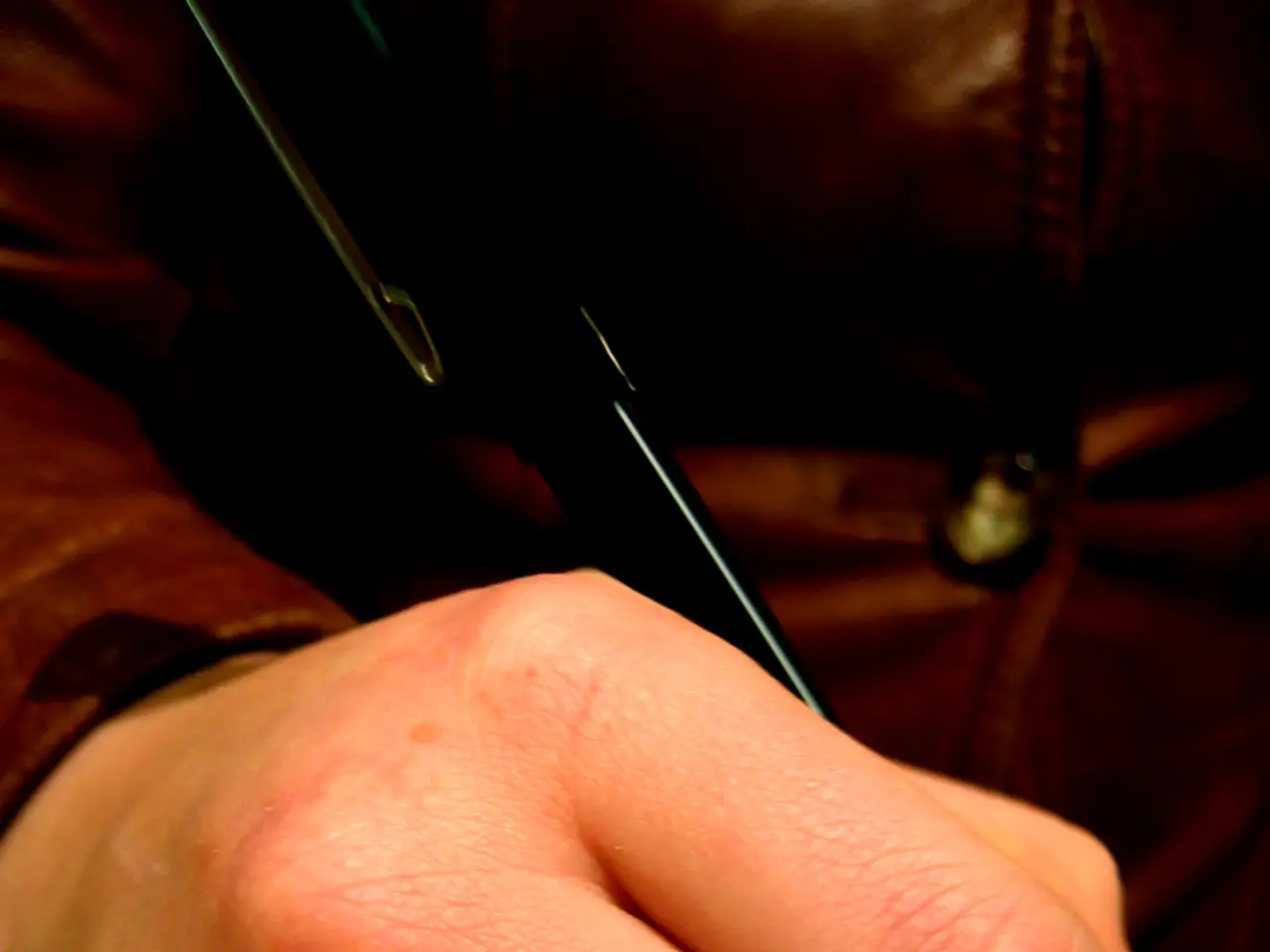Why Plant Seeds? A Guide to Growing Your Favorites from Scratch
Mastering the Art of Seed Planting: Begin Your Ideal Garden from the Ground Up
Ever wanted to save money while leveling up your gardening skills? Looking for a gratifying way to connect with nature? Then growing your plants from seeds is your answer! Seed-starting, a genuine life skill seemingly lost over the years, is a rewarding and natural approach to expanding your garden.
Seed starting offers numerous advantages:
- Affordability: Growing from seeds is a more cost-effective alternative to purchasing seedlings or young plants, granting you the opportunity to cultivate a broader variety of plants within budget.
- Greater choice: Starting from seed means accessing a wider range of plant varieties, including unique heirloom seeds and rare species, often unavailable as seedlings.
- More robust plants: Plants grown from seeds can develop stronger root systems from the start, leading to sturdier, healthier plants in the long run.
- Personalized care: By nurturing seeds from their earliest stages, you can control soil, watering, temperature, and light conditions from the get-go, boosting germination and early growth success.
- Avoiding transplant shock: As seeds grow in place, they bypass the stress of being transplanted, which can sometimes delay growth or lead to disease in seedlings.
- Learning and satisfaction: The process of growing plants from seed often brings a sense of accomplishment, as mastering the entire plant lifecycle fosters gardening skills and enhances your connection with the natural world.
Starting seeds indoors offers a head start, giving you greater control over growing conditions – perfect for sensitive or finicky plants[1][4][5].
Choosing the Right Seeds
Gardeners opt for all sorts of plants, with vegetables, herbs, and fruits typically leading the pack. But don't limit yourself – flowers, trees, shrubs, and even houseplants can be started from seed! Remember, though, some plants may be better suited to propagation via rooting from cuttings, division, or the layering method.
When purchasing seeds, you'll encounter heirloom and hybrid varieties. Heirloom seeds are a preferred choice in organic gardening, as they are not genetically modified and are open-pollinated, perpetuating the same traits in subsequent generations. In contrast, hybrid seeds are cultivated by strategically cross-pollinating specific varieties for their combined desirable traits. While these seeds tend not to produce clones of the parent, they may exhibit excellent disease resistance and high crop yields[2].
Do remember to choose seeds compatible with your climate for the best results. This is especially crucial for perennials, as they may struggle to survive in climates unsuitable for their growth[3].
Preparing to Plant
To ensure seed germination success, always prepare your soil by removing weeds, debris, and loosening it to a depth of at least 6 inches (15cm). Enrich it with organic matter like compost or well-rotted manure for improved soil texture and nutrition. Depending on the seeds, certain varieties require pre-soaking, scarifying, or stratifying before planting to aid germination[6].
When starting seeds indoors, select a seed-starting mix with the ideal balance of airiness, drainage, and moisture retention. Invest in high-quality seedling trays to optimize your seed-starting journey[7].
How to Germinate Seeds
Each seed has unique tendencies, but most will sprout when planted, watered, and provided with warmth. For larger seeds, plant them a bit deeper, while smaller seeds can benefit from being sown more closely together[8].
Troubleshooting seed issues can save problematic seedlings. Common problems like damping off, pest attacks, or delivered seedlings that are too leggy are preventable with proper care[9][10][11].
Seedling Care
Once your seeds have germinated and grown into seedlings, provide them with ample air and light. Young plants photosynthesize avidly to grow stronger. Maintain consistent moisture levels, watch out for overwatering, and remember to fertilize using organic matter before resorting to chemical fertilizers[12].
Common Problems
Various issues may arise while growing from seed. Learn to recognize symptoms and address problems early to boost your seedlings' chances of survival. Common problems include damping off, pests, seedlings turning yellow, or stunted seedlings[11][13][14].
More Seed-Starting Inspiration
- Avoid seed-starting setbacks – fix these 7 common mistakes before it's too late[15].
- Explore our expert-curated seed collections in the Shop, offering lovely flowers, delicious vegetables, and mouthwatering herbs[16].
- Discover creative ways to recycle materials, such as egg cartons, to make your own eco-friendly, budget-friendly seedling trays[17].
- Want to sow seeds with minimal effort during trying times? Check out our guide on the best survival seeds for a garden that can endure anything[18].
- Keep growing – subscribe to our enlightening newsletter and receive regular gardening tips, updates, and exclusive perks straight to your inbox!
References:
[1] Buerk, F. J. (2001, February 21). Starting seeds indoors: A promise of spring. The Lincoln County News. Retrieved July 22, 2022, from https://www.lincolnnews.org/national/starting-seeds-indoors-a-promise-of-spring/article_cc382548-ecd3-11cf-b5c9-001cc4c002e0.html
[2] Rivard, D. (2017, April 06). Hybrid Seeds vs. Heirloom Seeds: Your Questions Answered. Garden Myths. Retrieved July 22, 2022, from https://www.gardenmyths.com/hybrid-heirloom-seeds/
[3] Hudson, J. (2019, February 10). Planting seeds: Choosing perennials to fit your climate. St. Louis Post-Dispatch. Retrieved July 22, 2022, from https://www.stltoday.com/news/home-garden/planting-seeds-choosing-perennials-to-fit-your-climate/article_f5e80108-958d-5b0d-8907-96c29cdd3b27.html
[4] Barrington, O. (2002, March 09). Starting seed indoors. The Miami Herald. Retrieved July 22, 2022, from https://www.miamiherald.com/1998/03/09/734257/starting-seed-indoors-there-are.html
[5] Wilson, J. A. (2009, January 15). Starting Your Indoor Garden. Chicago Tribune. Retrieved July 22, 2022, from https://www.chicagotribune.com/lifestyles/ct-xpm-2006-03-28-0603280062-story.html
[6] Christian, T. (2020, February 03). There's More to Seeds Than Planting Them. Garden Myths. Retrieved July 22, 2022, from https://www.gardenmyths.com/seed-before-planting/
[7] Adair, K. (2019, February 08). Everything you need to know about starting seeds indoors. The Telegraph. Retrieved July 22, 2022, from https://www.telegraph.co.uk/gardening/grow-your-own/everything-you-need-to-know-about-starting-seeds-indoors/
[8] Brown, E. (2020, April 23). When to Start Seeds Indoors - A Complete Guide to Vegetable Seed Starting. Garden Myths. Retrieved July 22, 2022, from https://www.gardenmyths.com/starting-seeds-indoors/
[9] Duncan, T. M. (2022, March 02). Damping Off Disease: Prevention and Treatment. Garden Myths. Retrieved July 22, 2022, from https://www.gardenmyths.com/damping-off/
[10] Murphy, B. (2021, June 08). The Problem with White Fuzz on Your Seedling. Garden Myths. Retrieved July 22, 2022, from https://www.gardenmyths.com/white-fuzz-on-seedlings/
[11] Meyer, J. (2018, August 27). These Are the Most Common Seedling Problems and How to Fix Them. Sunset. Retrieved July 22, 2022, from https://www.sunset.com/gardening/learn/most-common-seedling-problems-how-to-fix-them/
[12] The Morton Arboretum. (n.d.). Transplant Young Trees and Shrubs. Retrieved July 22, 2022, from http://www.mortonarb.org/plants-trees-flowers/tree-and-shrub-advice/transplanting-young-trees-and-shrubs
[13] Young, R. (2021, March 16). Why Your Seedlings Are Turning Yellow and How to Fix It. Garden Myths. Retrieved July 22, 2022, from https://www.gardenmyths.com/seedlings-turning-yellow/
[14] Baum, A. (2017, May 15). Stunted Seedlings: Identifying and Correcting Unhealthy Growth Problems in Seedlings. Garden Myths. Retrieved July 22, 2022, from https://www.gardenmyths.com/stunted-seedlings/
[15] Pearson, L. (2021, April 19). 7 Simple Fixes To Common Seed Starting Problems. Edison Nation. Retrieved July 22, 2022, from https://www.edisonnation.com/common-seed-starting-problems/
[16] The Citizenry. (n.d.). The Citizenry Online Shop. Retrieved July 22, 2022, from https://www.thecitizenry.com/pages/our-product-categories
[17] Wolfe, J. (2020, February 27). Easy Ways to Start Seeds in Egg Cartons. Costco Connection. Retrieved July 22, 2022, from https://www.costco.com/en-us/costco-connection/2020/april-may/spring-gardening/easy-ways-to-start-seeds-in-egg-cartons.html
[18] Kirkconnell, J. (2021, January 12). Best Survival Seeds to Grow During a Crisis. Online Gardening. Retrieved July 22, 2022, from https://www.onlinegardening.com/best-survival-seeds-to-grow-during-a-crisis/
*Transplanting seedlings could potentially enhance the lifestyle of home-and-garden enthusiasts, as it allows for the gradual transfer of seedlings from indoor trays to the garden, ensuring a smooth transition between growth stages.
- By transplanting seedlings, gardening aficionados can optimize their home-and-garden layout, creating a more harmonious and attractive living space while enjoying the fruits (or vegetables) of their labor.
